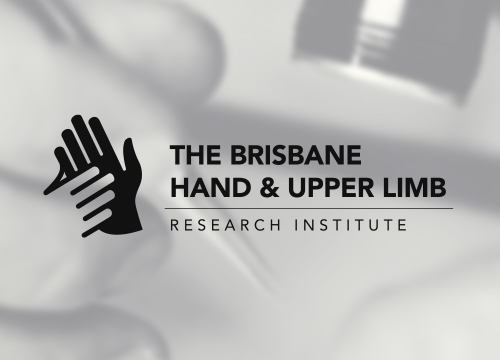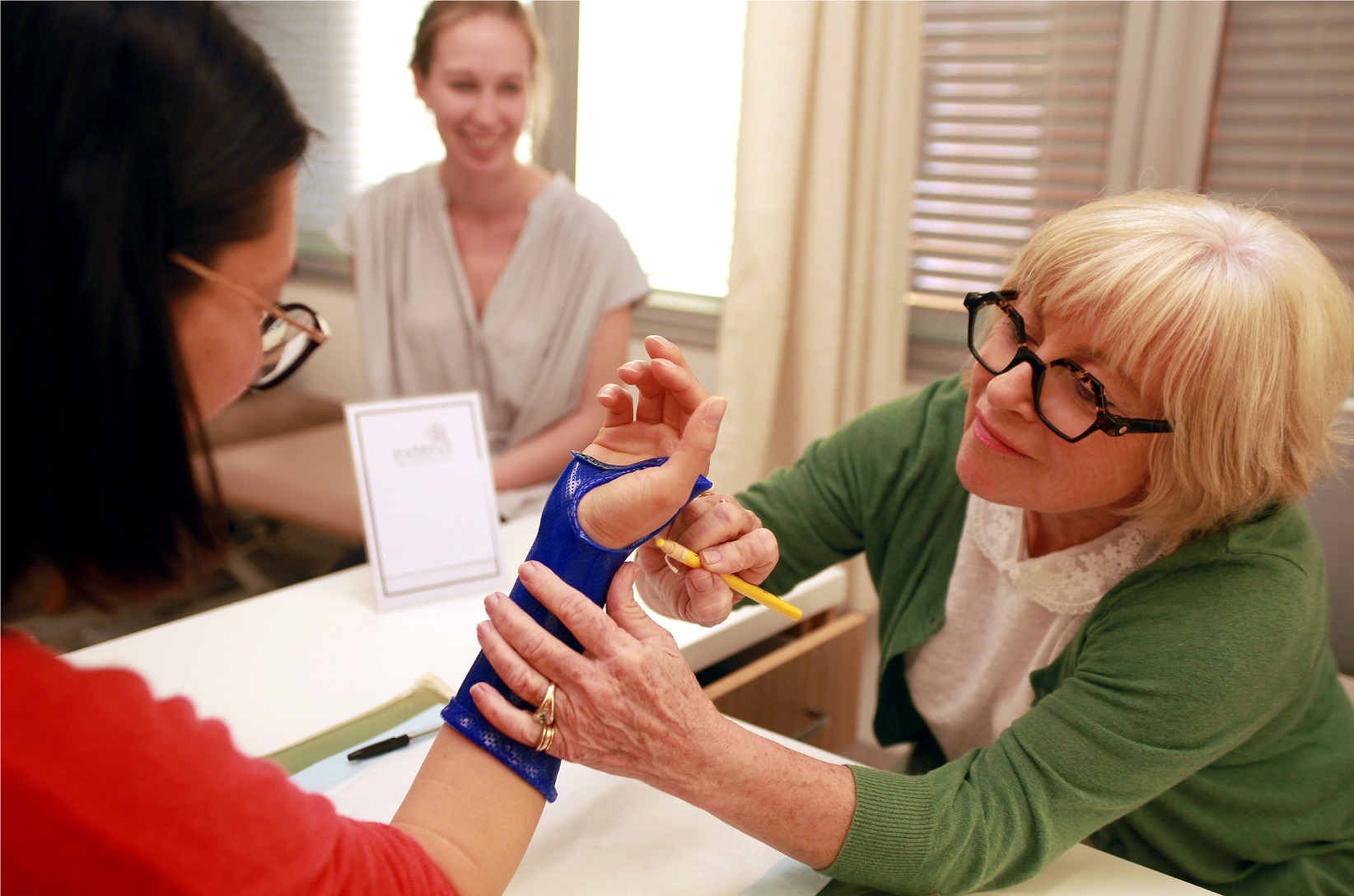Couzens GB, Peters SE, Cutbush K, Hope B, Taylor F, James CD, Rankin CR, and Ross M.
BMC Musculoskeletal Disorders 2014; 15:74
DOI: 10.1186/1471-2474-15-74
Background: Distal radius fractures are among the most common fractures seen in the hospital emergency department. Of these, over 40% are considered unstable and require some form of fixation. In recent years with the advent of low profile plating, open reduction and internal fixation (ORIF) using volar plates has become the surgical treatment of choice in many hospitals. However, it is currently unknown which plating system has the lowest complication rate and/or superior clinical and radiological outcomes following surgery. Few studies have compared different types of plates, which may have various features, different plate and screw designs or may be manufactured from different materials (for example, stainless steel or titanium). This study will specifically investigate and compare the clinical and radiological outcomes and complication rates of two commonly used volar plating systems for fixation of distal radius fractures: one made from stainless steel (Trimed™ Volar Plate, Trimed™, California, USA) and the other made from titanium (Medartis® Aptus Volar Plate, Medartis®, Basel, Switzerland). The primary aim of this study is to determine if there is a difference on the Patient Reported Wrist Evaluation six months following ORIF using a volar plate for adult patients with a distal radius fracture.
Methods/Design: This study will implement a randomized prospective clinical trial study design evaluating the outcomes of two different types of volar plates: one plate manufactured from stainless steel (Trimed™ Volar Plate) and one plate manufactured from titanium (Medartis® Aptus Volar Plate). The surgery will be performed at a major trauma hospital in Brisbane, Australia. Outcome measures including function, adverse events, range of movement, strength, disability, radiological findings and health-related quality of life will be collected at 6 weeks, 3, 6, 12 and 24 months following surgery. A parallel economic analysis will also be performed. This randomized clinical trial is due to deliver results in December 2016.
Results from this trial will contribute to the evidence on operative management of distal radius fractures and plate material type.
Trial registration: ACTRN12612000969864
📄 Download Study protocol of published paper on surgical management of distal radius fractures




